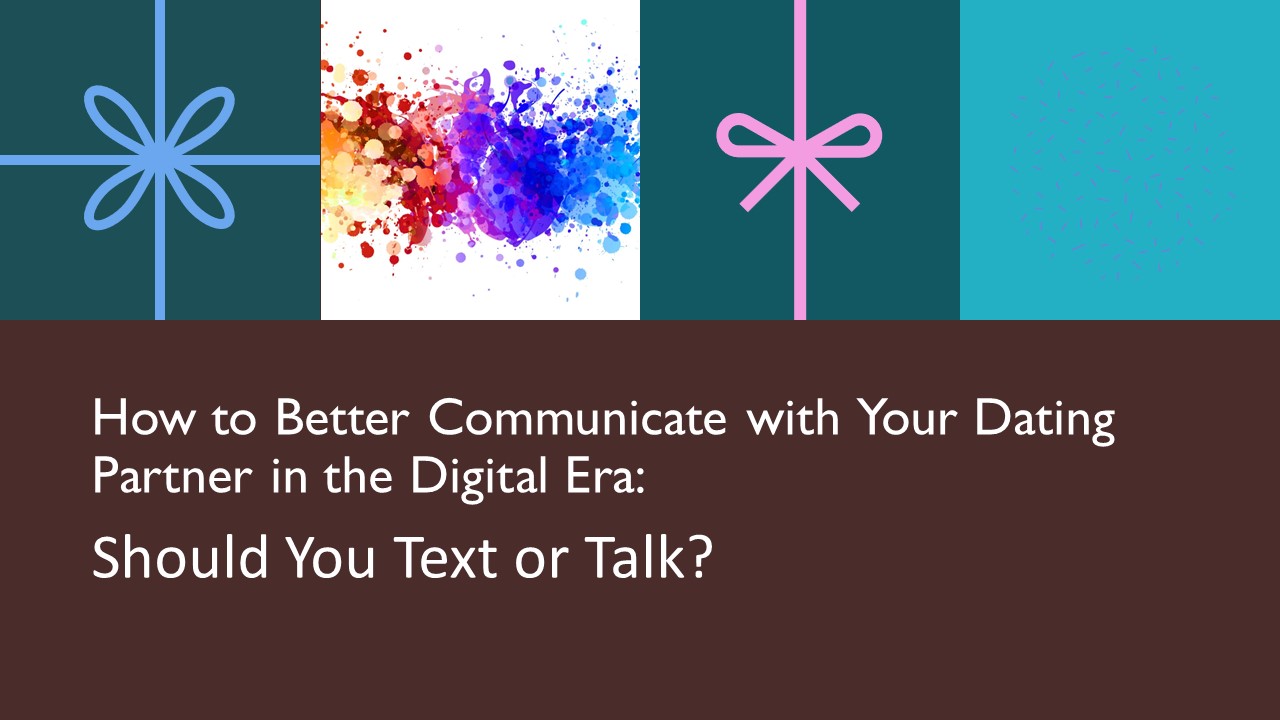In modern digital life, romantic partners have different means and possibilities to communicate. In their relationships, they can talk to each other in person or just communicate by exchanging text messages.
It can be hard to decide whether to text or meet in person, especially when it comes to romantic relationships where communication is important. What is a better way to initiate and maintain a relationship with your partner? The preference for texting over face-to-face conversation may not be solely about convenience but rather about the quality of a relationship.
A New Study on Dating Communication
Anthony Chen from the University of California, Irvine, and his colleague Catalina Toma recently conducted a study where they looked at how the trade-offs between these different ways of communicating may be closely linked to the fears people experience in romantic situations.
Researchers conducted a survey of 257 young men and women to find out which way of communicating—texting or in-person meetings—they preferred in an exclusive dating relationship. The authors presented a variety of scenarios, ranging from ordinary ones like arranging a date or exchanging daily information to more difficult ones such as conflicts, profound discussions about the future of the relationship, or even the difficult circumstances of breaking up.
The Handy Convenience of Text Editing
Researchers revealed a distinct pattern in their findings: individuals with higher levels of social anxiety consistently favored texting over in-person conversations of all kinds. More socially anxious people preferred texting over face-to-face interaction, even for uninteresting conversations. But when it came to handling difficult conversations and breakups, their preference for texting was particularly noticeable when compared to those who were less socially anxious.
Texting gives socially anxious people a better sense of control over their communication than face-to-face interactions. Texting enables them to edit their messages until they present the version of themselves that they feel most comfortable with. This accounts for at least some of their preference for texting.
This “editable” feature of digital communication becomes increasingly valuable and provides a lifeline for individuals with social anxiety as the likelihood of emotional discomfort in the conversation increases. It acts as a barrier against the vulnerability and immediacy of in-person interactions.
For people with social anxiety, it’s not just about avoiding awkward silences or not knowing what to say in a difficult situation. It’s also about coming up with a response that makes them feel safe and shows how they want to be seen.
People Are Still Longing for In-Person Communication
What is interesting is that the authors also discovered that even with the increasing availability of digital communication, such as texting, many women and men still prefer in-person interaction about some themes and in some special circumstances. Among those topics are conflict, the possibility of emotional harm, or talking about a possible breakup.
This disposition implies that, at their core, people understand the special importance of face-to-face communication in forging deeper bonds and understanding—something that text messages are unable to adequately express.
Why We Communicate the Way We Do in This Digital Age
This study sheds light on how people in the digital age initiate and maintain romantic relationships. Women and men use digital tools in a variety of ways, depending on their motivations, comfort zones, and interpersonal circumstances.
Many people typically prefer face-to-face communication, indicating a shared desire for more meaningful, in-depth connections.
Nonetheless, the deliberate use of texting by men and women with social anxiety reveals a complex landscape in which technology can serve as both a bridge and a barrier in romantic relationships.
This contrast between the convenience of digital technology and the need for human contact emphasizes that personal connection and understanding are still necessary in this digital age. Instead, modern digital possibilities modify the routes that individuals take to satisfy those needs. Understanding these subtleties enables people to thoughtfully incorporate technology into their lives. These new opportunities improve rather than degrade the quality of their relationships as they engage in romantic relationships in the digital age.
